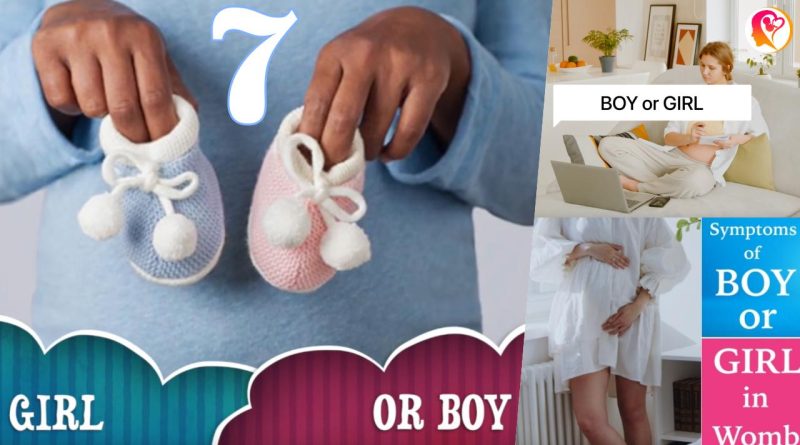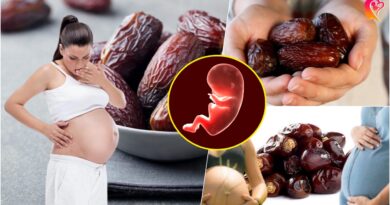7 Baby Boy Symptoms in Womb – Gender Prediction During Pregnancy
इस लेख को हिंदी में पढ़िए
As soon as you find out you’re pregnant, one of the first things you might wonder is whether you’re having a boy or a girl. While there’s no surefire way to know before your baby is born, there are a few signs and symptoms that may indicate a baby boy in the womb.
So, let’s take a look at seven surprising symptoms that may indicate a baby boy in the womb.
Highlights of Article
Position of the Placenta
Symptom number one is the position of the placenta. Boys tend to have the placenta located on the back of the uterus, while girls tend to have it on the front. But it’s important to note that not all ultrasounds can pick up the placenta’s position and it’s not always accurate.
Nub Theory
Symptom number two is that baby boys tend to measure bigger in the uterus. This is because boys tend to have longer femurs, or thigh bones, than girls. This difference in measurement can be seen during an ultrasound and is known as the “Nub Theory” but it’s important to note that it’s not always accurate and can only be used after 12 weeks of pregnancy.
Morning Sickness and Vomiting
Symptom number three is that some women who are carrying a baby boy may experience more severe morning sickness. This is due to the fact that boys tend to produce higher levels of the pregnancy hormone HCG, which can lead to more intense nausea and vomiting. It’s important to note that this symptom is not conclusive and many women experience morning sickness regardless of the gender of their baby.
Round Ligament Pains
Symptom number four is that some women carrying a baby boy tend to experience more round ligament pain. This is due to the fact that boys tend to be more active in the womb and put more pressure on the round ligaments that support the uterus. This can cause sharp pain on the sides of the abdomen, but it’s important to note that this symptom is not conclusive and many women experience round ligament pain regardless of the gender of their baby.
Polyhydramnios
Symptom number five is that boys tend to have a larger amount of amniotic fluid. This can be seen during an ultrasound and is known as polyhydramnios. But it’s important to note that having a larger amount of amniotic fluid doesn’t always indicate that the baby is a boy, and it can also be caused by other factors such as diabetes or a congenital abnormality.
Fetal Length Theory
Symptom number six is that boys tend to have a longer fetal length. This can also be seen during an ultrasound and is known as the “Fetal Length Theory”. But it’s important to note that this is not always accurate and can vary depending on the position of the baby in the womb.
Heartburn and Acidity
Symptom number seven is that some women who are carrying a baby boy may experience more severe heartburn. This is due to the fact that boys tend to produce more stomach acid, which can lead to more intense heartburn symptoms. But it’s important to note that this symptom is not conclusive and many women experience heartburn regardless of the gender of their baby.
It’s important to remember that these symptoms are not conclusive and should not be used to determine the gender of your baby. The only way to know for sure is through an ultrasound or by waiting for your baby to be born. But it can be fun to speculate and see if any of these symptoms match up with your pregnancy experience. And regardless of whether you’re having a boy or a girl, the most important thing is that your baby is healthy and growing well.
Thanks for reading this article. Subscribe to garbhgyan for more pregnancy related articles.




